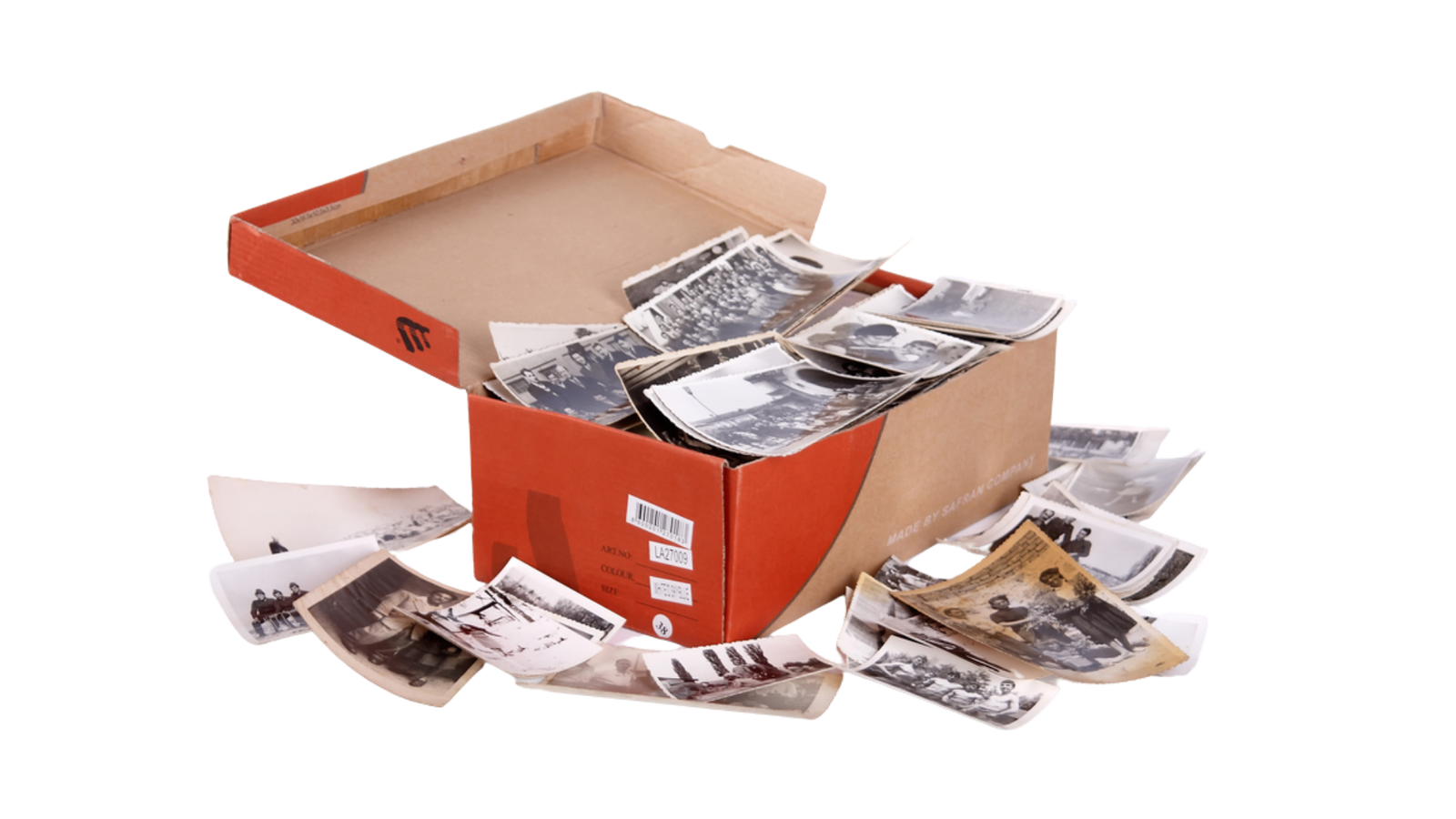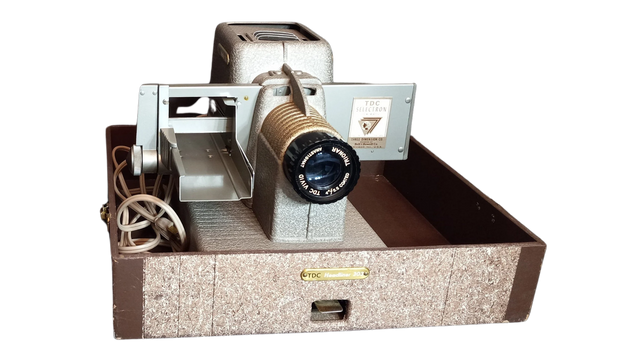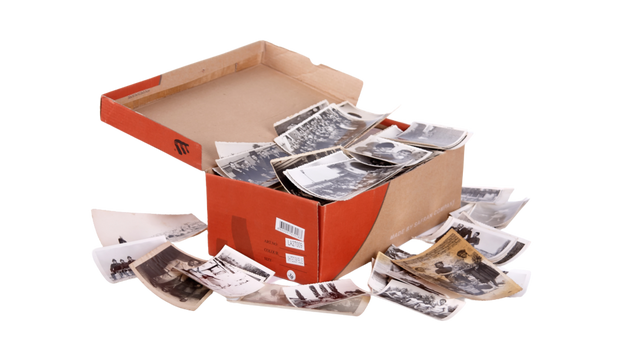Organizing a lifetime of photos may feel overwhelming, especially when you're staring down a cardboard box filled with prints from different decades. Whether you’ve inherited family albums or rediscovered a stash in your closet, this guide will help you transform a disorganized photo pile into a clear, searchable, and joyful digital collection.
Box of Photos: Where Do I Even Start?
Start with the simplest question: what do you have?
Gather all your loose prints, envelopes, photo albums, and framed snapshots into one central location. You don’t need to organize them yet—just consolidate. Then, go through your box of photos and loosely group them by decade, event, or person. Use sticky notes or temporary envelopes to keep these batches together.
If you’re short on time, resist the urge to overthink it. Even a quick sort into categories like “Vacations,” “Holidays,” “Weddings,” and “Childhood” can go a long way.
Want help estimating how many photos you’re dealing with? Read our guide on estimating your photo count.

Photo Measurements: Do Sizes Matter?
Absolutely. Knowing your photo measurements helps when deciding how to store, scan, or frame your prints.
Here are common photo sizes you might encounter:
-
3.5" x 5": Common in the 1980s and 90s
-
4" x 6": The most common print size today
-
5" x 7" and 8" x 10": Often framed or formal portraits
-
Wallets: Usually 2.5" x 3.5", often found in school photo packs
When preparing your prints for a photo scanning service, don’t worry about mixing sizes. High-quality scanning solutions like ours accommodate a variety of photo formats without hassle.

Photo Organizer: Digital Makes It Easier
Traditional photo organizers—like binders or storage boxes—are still useful for physical preservation. But they don’t solve the deeper challenge: finding the photo you want, when you want it.
Digitizing your collection opens up new possibilities:
-
Instantly search for faces, locations, or years
-
Create digital albums for each family member
-
Share stories and memories with relatives who live far away
Instead of investing in complex systems, consider using America’s best photo scanning service. Your photos are returned in a digital library that you can access, organize, and annotate anytime—no photo bin required.

Tips for a Smooth Organization Process
-
Start small. Choose one envelope or album at a time.
-
Make decisions quickly. You don’t need to label everything right away—focus on grouping.
-
Don’t stress over perfection. Progress matters more than precision.
Remember, digital organization means you can always go back and refine your albums, tags, or captions later.

📧 Want more tips like this?
Subscribe to Heirloom emails to learn how to preserve your priceless memories. Get discount codes for expedited shipping, quality digitizing, and secure cloud storage. We never spam, and it’s easy to unsubscribe at any time.


